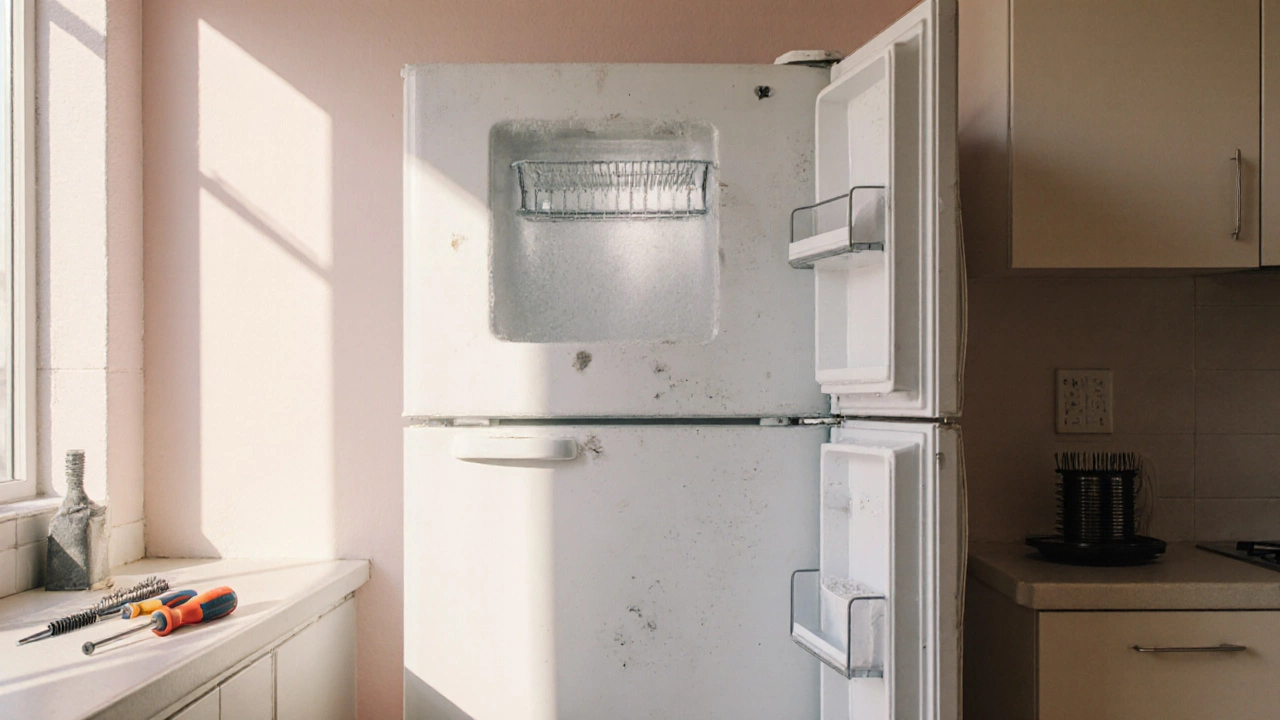Energy Efficient Fridge: How to Cut Power Bills
When picking an energy efficient fridge, a refrigerator built to use less electricity while keeping food fresh. Also known as eco‑friendly refrigerator, it helps lower household energy consumption. The heart of any fridge is its compressor, the component that circulates refrigerant to create cooling, and choosing a high‑efficiency model can shave dozens of kilowatt‑hours each year. Pairing the unit with a smart thermostat, a digital controller that fine‑tunes temperature based on usage patterns adds another layer of savings by avoiding unnecessary cooling cycles.
Energy ratings like A++, A+, and A are more than marketing fluff; they represent measurable performance under standardized tests. A fridge rated A++ typically uses about 30‑40% less power than an old 4‑star model, meaning lower electricity bills and a smaller carbon footprint. To get the most out of a high‑rated unit, keep the temperature set between 3°C and 5°C for fresh foods and around -18°C for the freezer. Avoid over‑stocking, which forces the compressor to work harder, and regularly defrost manual‑defrost models to keep the cooling cycle efficient.
Keeping Your Eco‑Fridge Running at Peak Efficiency
Even the best‑rated fridge can lose efficiency over time. Dust on the condenser coils, a failing door seal, or a malfunctioning compressor can push energy use back up. That's where appliance repair, professional service that restores a fridge's original performance comes in. A quick coil cleaning can restore up to 10% of lost efficiency, while a seal replacement prevents cold air leakage and reduces compressor workload. If the compressor shows signs of wear—like prolonged running or strange noises—a qualified technician can diagnose whether a repair or a replacement makes more sense financially.
Many homeowners overlook the role of the refrigeration cycle itself. The cycle relies on a refrigerant that evaporates at low pressure, absorbs heat, then condenses at high pressure, releasing heat outside the fridge. Modern eco‑fridges often use low‑global‑warming‑potential (GWP) refrigerants such as R600a, which not only improve energy efficiency but also reduce environmental impact. Understanding this cycle helps you spot problems early: if you notice frost buildup in the freezer, the defrost timer might be stuck, causing the compressor to run continuously and spike energy use.
Another practical tip is to use the fridge's built‑in energy‑saving modes, if available. Vacation mode, for instance, raises the freezer temperature slightly, reducing compressor cycles while you’re away. Some models integrate with smart home hubs, allowing you to monitor real‑time power draw from your phone. By tracking consumption, you can spot anomalies—like a sudden jump in kilowatt‑hours—that often indicate a component needs attention.
In short, an energy efficient fridge does more than keep food cold; it acts as a low‑cost ally in your quest to lower household electricity bills and shrink your environmental footprint. Whether you’re choosing a new unit, tuning the settings, or scheduling a repair, each step builds on the same goal: keep the cooling cycle smooth, the compressor happy, and the power meter low. Below you’ll find a hand‑picked collection of articles that dive deeper into compressor health, smart thermostat integration, energy‑rating myths, and practical repair advice—all tailored to help you get the most out of your eco‑friendly refrigerator.

Should You Repair a 7‑Year‑Old Fridge Freezer? A Practical Guide
Learn how to decide if fixing a 7‑year‑old fridge freezer in Brisbane makes sense. Compare repair vs. replace costs, energy savings, common faults, and get a handy decision checklist.